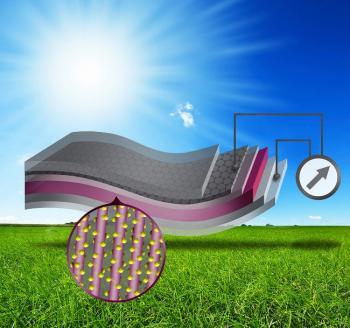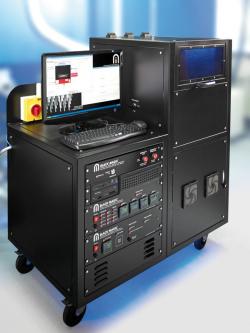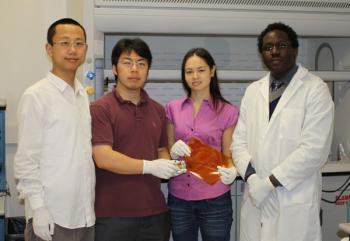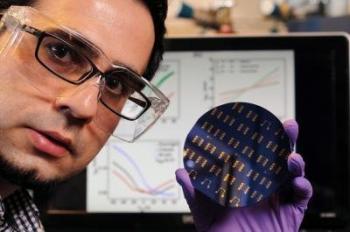 The European NanoMaster project (a EC Seventh Framework funded project which started on December 2011 and is being led by NetComposites, UK, and involves 12 other project partners including Philips) has developed new grades of expanded graphite - used to produce high-quality graphene. The project aims to develop up-scale processing methods for production of graphene and expanded graphite reinforced thermoplastic masterbatches and compounds.
The European NanoMaster project (a EC Seventh Framework funded project which started on December 2011 and is being led by NetComposites, UK, and involves 12 other project partners including Philips) has developed new grades of expanded graphite - used to produce high-quality graphene. The project aims to develop up-scale processing methods for production of graphene and expanded graphite reinforced thermoplastic masterbatches and compounds.
The new expanded graphite and nano-graphite materials are designed to be easier to exfoliate in both chemical and mechanical processes and are also useful when trying to tailor the properties of the final composite for different applications. As part of the project, high quality graphene has been produced from those new graphite materials via a multiple-stage chemical exfoliation process involving oxidative treatment, washing, filtration and reduction.





